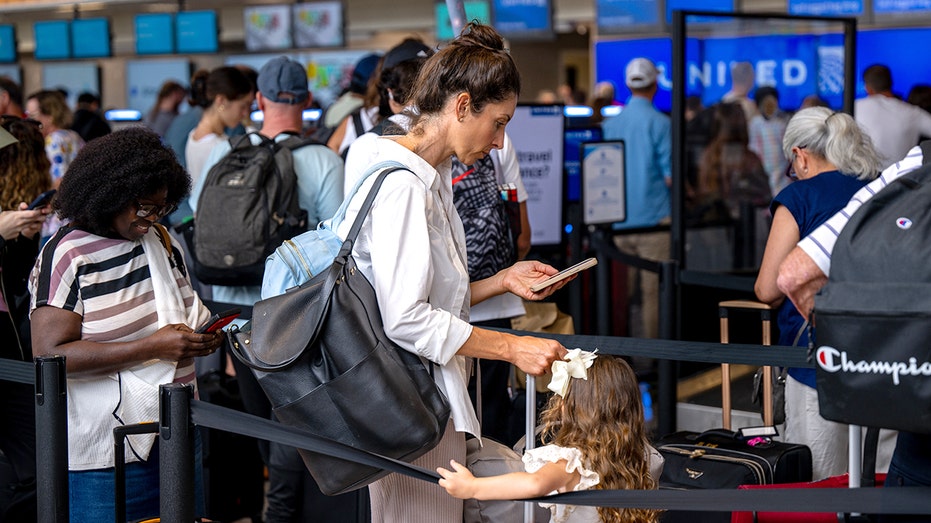Beware of Fake In-Flight Wi-Fi Networks: Protect Your Data at 30,000 Feet

As air travel becomes increasingly digital, so do the risks associated with in-flight internet use. Recently, authorities in Australia uncovered a sophisticated scheme involving malicious Wi-Fi hotspots onboard aircraft, highlighting a growing threat to travelers’ personal information. A passenger was detained for operating an “evil twin” hotspot—an authentic-looking but fake Wi-Fi network designed to intercept sensitive data from unsuspecting users.
The Threat of Evil Twin Hotspots in the Sky
An evil twin hotspot mimics legitimate Wi-Fi networks by replicating their SSID (network name). When multiple networks with the same name are available, devices often connect to the one with the strongest signal, which in the case of malicious hotspots, is controlled by the attacker. In the recent case, the attacker set up a portable hotspot onboard, pretending to be the airline’s official Wi-Fi, enticing passengers to connect automatically.
How Hackers Exploit In-Flight Wi-Fi
Once connected, travelers are redirected to a fake login page asking for personal details such as email addresses, passwords, or social media credentials. This stolen information can be exploited for identity theft, account takeovers, or further cyberattacks. The convenience of in-flight entertainment—now increasingly app-based or streamed via personal devices—makes passengers more vulnerable, especially when they assume that all available networks are trustworthy.
Why Traveling Heightens Cybersecurity Risks
Travel environments such as airports, hotels, cruise ships, and aircrafts often lack robust security controls, making them prime targets for cybercriminals. Limited options for reliable mobile data push travelers toward public Wi-Fi networks, which are often unprotected or fake. The growing trend of replacing traditional entertainment systems with app-based portals further increases the number of devices logging onto potentially compromised networks.
Protect Yourself with Advanced Security Measures
A virtual private network (VPN) remains one of the most effective tools to secure your internet traffic by encrypting your connection. However, in-flight systems sometimes require disabling VPNs temporarily to access portals. Despite this, activating your VPN immediately after logging in helps safeguard your browsing, messaging, and app traffic from eavesdropping.
Complement your VPN use with other safety practices: ensure your device has up-to-date antivirus software, enable two-factor authentication (preferably app-based rather than SMS), and disable automatic network connections before boarding. Always verify the presence of HTTPS (look for the padlock icon) when entering sensitive information online.
Practical Tips for Secure In-Flight Connectivity
- Update your device’s operating system and apps before travel to patch known vulnerabilities.
- Switch your device to airplane mode, then manually reconnect to the airline’s Wi-Fi network.
- Avoid entering sensitive information, like bank details or passwords, on unfamiliar networks or fake portals.
- Log out of Wi-Fi sessions and any accounts accessed once you land to prevent session hijacking.
While in-flight Wi-Fi offers convenience, it should be treated as untrusted. Staying vigilant and using a combination of security tools can significantly reduce your risk of falling victim to cybercriminals exploiting the dependency on wireless connectivity during travel.




